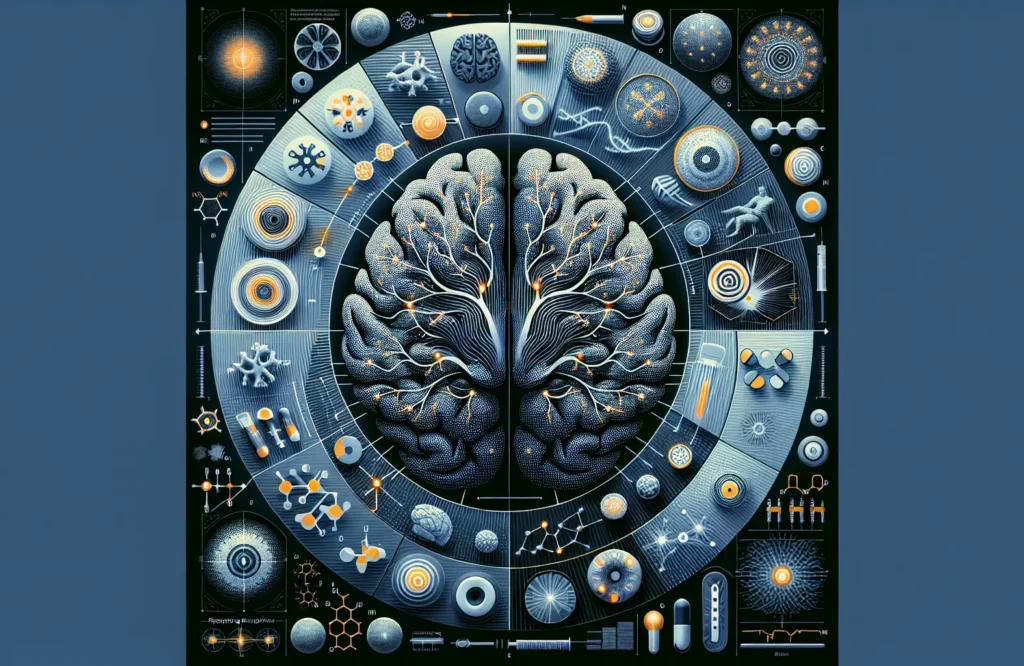
By CAFMI AI From Nature Reviews Neurology
Spreading depolarization (SD) represents a critical neurophysiological event characterized by a wave of intense neuronal and glial depolarization that propagates through the cerebral cortex and other brain structures. Its recognition as the foundational mechanism underlying the migraine aura marks a significant advancement in understanding migraine pathophysiology. SD not only directly causes the sensory disturbances experienced during aura but also leads to notable neurovascular and cortical excitability changes. These changes act as triggers for the subsequent headache phase and may contribute to a spectrum of other migraine symptoms experienced by patients. Clinicians should appreciate the fundamental role SD plays in migraine, especially in patients who report aura symptoms, as it opens a pathway for more targeted therapeutic interventions than the traditional symptom-based management approaches used currently.
The therapeutic targeting of spreading depolarization holds considerable promise in reshaping migraine treatment paradigms, particularly for those afflicted with aura. Several pharmacologic agents have been investigated for their capacity to inhibit or modulate SD waves, demonstrating encouraging results in both preclinical models and early-phase clinical trials. These agents primarily aim to stabilize neuronal membrane potentials, regulate ion channel activity, or influence neurovascular coupling to prevent the initiation or propagation of SD. Such drugs include ion channel modulators and membrane stabilizers that have shown the ability to reduce the frequency and severity of migraine episodes. Ongoing research is crucial to identify safe, effective, and well-tolerated SD modulators. A comprehensive understanding of these drugs’ mechanisms of action will be necessary to translate experimental findings into viable clinical options. Incorporating SD-targeted therapies could significantly reduce the incidence of migraine aura, diminish overall migraine burden, and improve the quality of life for patients. In practice, these advances suggest a potential shift toward precision medicine approaches in migraine care that align with individual patient neurobiological profiles.
Clinicians managing migraine patients should begin integrating the growing evidence surrounding SD’s role in migraine management. Understanding the detailed pathophysiological pathways influenced by SD aids in differential diagnosis and highlights red flags, such as sudden changes in aura characteristics or neurologic symptoms warranting further evaluation. Therapeutic counseling for patients can benefit from explaining the potential for novel SD-targeted treatments, setting realistic expectations for their development and availability. Routine follow-up should consider monitoring for changes in aura frequency and intensity, as well as medication response to emerging therapies. Future research priorities involve not only refining therapeutics that effectively modulate SD but also developing clinical workflows that facilitate timely diagnosis and intervention in primary care. These advancements may include integrating imaging technologies or biomarkers that detect real-time SD phenomena, improving individualized treatment regimens, and potentially preventing progression to chronic migraine. As such, the evolving understanding of spreading depolarization stands to significantly impact migraine clinical practice, offering hope for enhanced therapeutic outcomes and patient well-being.
Read The Original Publication Here